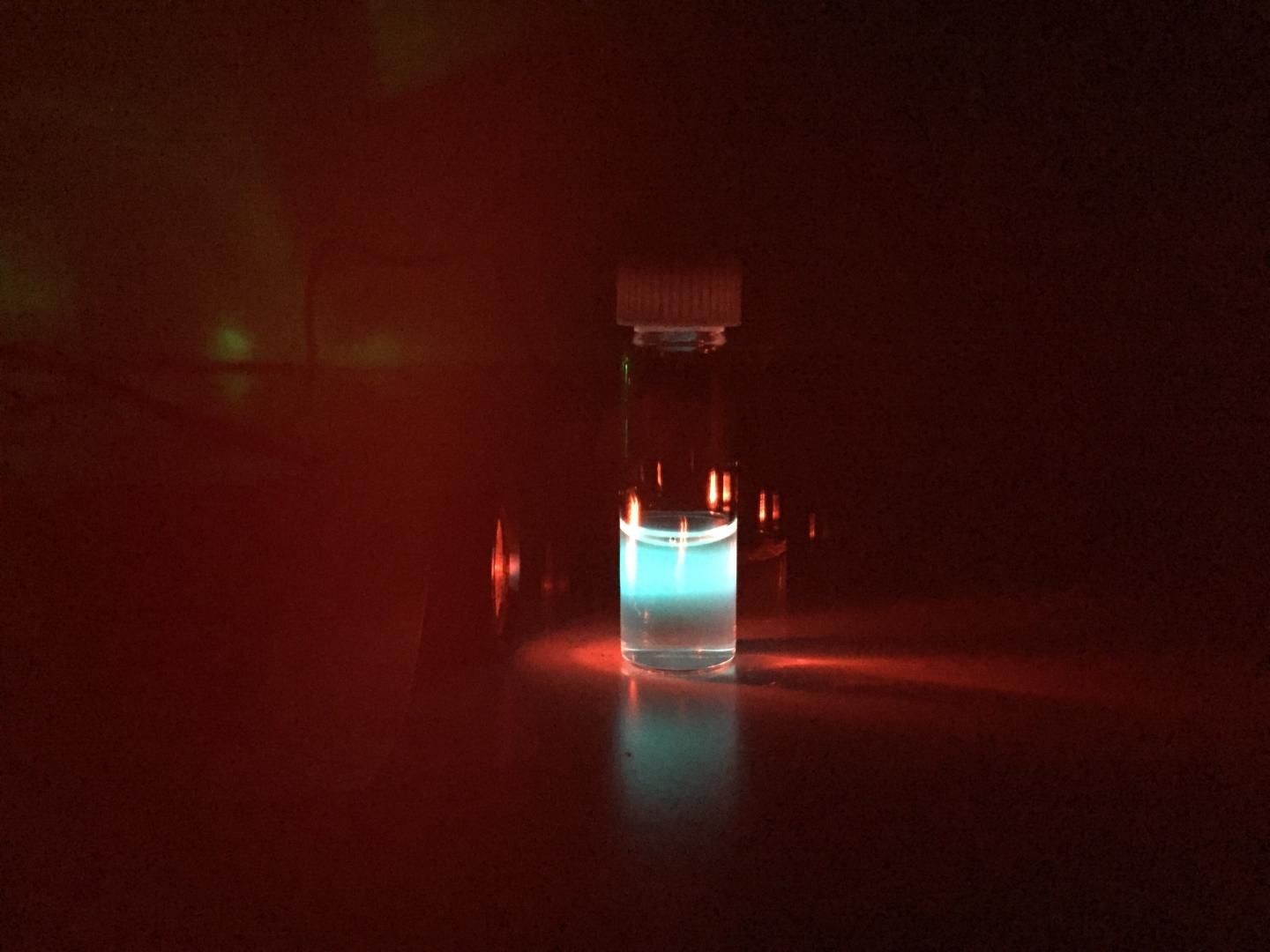Cool Stuff We Learned This Week… (9.20.19)
September 20, 2019
We know how privileged we are. Our work creating industry-leading digital products feels more like play. And we play hard!
But, we also love to learn and share what we learn. That’s why we offer up a few of the new advances in tech that we discovered that made us stop and take notice. So, check out this week’s round-up of the cool stuff we’ve learned. And let us know what you think!
Nanoparticles Give Mice Night Vision

The downside of human vision, well… mammalian vision to be more specific, is that we’re only able to see a small sliver of the electromagnetic spectrum. We call electromagnetic wavelengths between about 400 to 700 nanometers the “visible spectrum” because that’s all we can see. But that’s not all there is. It’s just that we can’t see radio waves or ultraviolet light.
In recently published research, a group from the University of Massachusetts Medical School report a way to give mice the ability to see infrared light outside the visible spectrum. The researchers managed this feat by injecting nanoparticles of erbium and ytterbium into the retinas of mice. The nanoparticles bind with the mice’s photoreceptors and convert infrared light into green light the mice can see. With these nanoparticles, the mice essentially see in the. You can read more about it here. And while you’re there, watch the short video describing how it works. It’s pretty cool.
A Leap in Telemedicine

Telemedicine took another step closer to the mainstream as a doctor in India performed a heart procedure while standing 20 miles away. Combining networking, engineering, and medicine, the doctor performed a series of five percutaneous coronary intervention procedures remotely.
Dr. Tejas Patel used a CorPath GRX robot, built by Corindus, to perform this feat. He manipulated the robot through a hardwired internet connection and controlled it using a joystick and video monitor. While Corindus has completed several remote tests in the U.S., they’ve never attempted a procedure and set up as complex as the one completed by Dr. Patel. Here are the details of this incredible feat!
This Mobile App’s a Life Saver

This is a story near to our hearts. We got a taste for creating digital products that can make life better for people when we partnered with MouthWatch and Addinex. So, when we found this app that’s already proved it can save lives, we were intrigued.
This app lets you find your exact location using three unique words. The designers started by dividing the surface of the earth into 57 trillion 3 meter squares. Each square is assigned three random words.
How can this save lives? Well, pretend you’re out in the wilderness, and there was a life-threatening emergency. You can call for help, but you don’t really know where you are, and you don’t have an address. Previously, you’d have to give the longitude and latitude coordinates if you want to be rescued. But those are difficult for non-experts to understand. For instance, we’re at 40° 44′ 57.75” N 73° 59′ 38.6556” W. Umm… what?
If we’re in some kind of danger and can simply say, “we’re at vision.save.friday!” Well, that’d be a lot easier. And that’s exactly what happened when Jess Tinsley and her friends got lost one night. Not knowing where they were, rescuers told them to download this app. Turns out, the group was at kicked.converged.soccer, and help was on the way. Read more about it here.
Have a Great Weekend, and We’ll See You Next Week!
Ok, it’s time for us to get back to building awesome digital products. As always, if you’re looking for a dev shop that can help you with a customs software project or a new website, give us a call!
